Cultural assets of the former Hoonji Temple
Update date: June 27, 2017
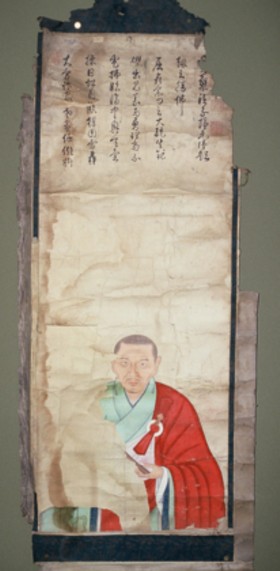
Ingen-brush's statue of Hiin no Zou
Higashinaganuma
Paintings currently preserved in the former Hoon-ji Temple collection,

Taishido in Higashi-Naganuma
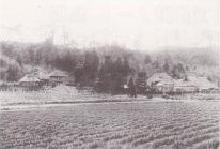
Old view of Jorakuji Temple and Kameyama
| Name | era | |
|---|---|---|
| 1 | Statue of Hakugakure (written by Ingen) |
late 17th century |
| 2 | Statue of Hyakuen Osho (by Toshu) |
late 18th century |
| 3 | Statue of monk Kendo Kyoko (-) |
1857 (4th year of Ansei) |
| 4 | Classic book 1 (written by Osho Kaizan) |
|
| 5 | Classical text 2 (written by Baiso Daishi) |
Around 1700 |
| 6 | Classical text 3 “Unharashi Hakkyokai” (by Toshu) |
late 18th century |
| 7 | Classic 4: "Spring at Wakeguchiyama" (by Toshu) |
late 18th century |
| 8 | Classic 5: "A plum blossom in the valley" (by Toshu) |
late 18th century |
| 9 | Classical text 6 “Meigetsu Inhashin” (written by Toshu) |
late 18th century |
| 10 | Classic Book 7: Plaque “Konkomyoden” (written by Taiho) |
late 18th century |
| 11 | Tenkyoku 8 Conversation (-) |
1839 (10th year of the Tenpo era) |
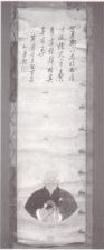
Statue of Hyakuen Osho

Statue of monk Kendo Kyoko
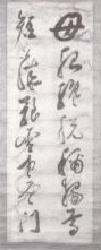
Canon 1 Written by Kaizan Osho
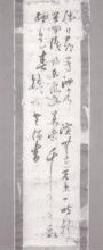
Canon 2 Written by Baiso Daishi
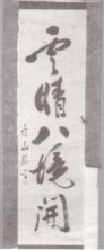
Classical text 3 “The Sea of Clouds, Eight Boundaries Open”
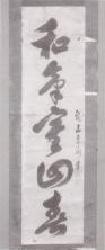
Canon 4 “Wakeguchi Yamaharu”
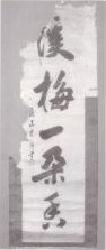
Classic book 5 “Keibai Ichika”
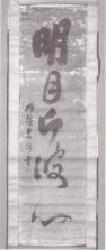
Classical text 6 “Meigetsu Inpashin”
Inquiries regarding this page
Inagi City Education Department Lifelong Learning Division
2111 Higashi-Naganuma, Inagi-shi, Tokyo
Phone: 042-377-2121 Fax: 042-379-0491







